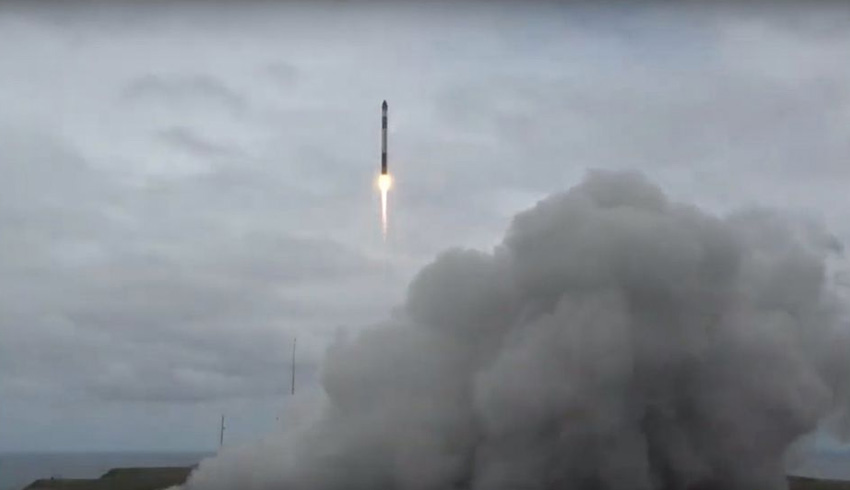The report, compiled by the US Defense Intelligence Agency (DIA) with an unclassified version released this week, examines Iran’s overall military capability.
It follows other recent reports on the armed forces and capabilities of China and Russia.
For the US, the greatest concern is Iran’s development of rockets that could form the basis of intercontinental ballistic missiles (ICBNs).
“We’re looking at their space program as we determine what could be used for military means,” said an unnamed DIA briefing officer in Washington this week.
He said DIA believes that Iran’s space launch vehicles (SLVs – rockets capable of placing satellites in orbit) could serve as a testbed for the development of ICBM technologies.
In the report, DIA said Iran recognises the strategic value of space and counterspace capabilities.
“Tehran claims to have developed sophisticated capabilities, including SLVs and communications and remote sensing satellites. Iran’s simple SLVs are only able to launch microsatellites into low-Earth orbit and have proven unreliable with few successful satellite launches,” it said.
DIA said Iran initially developed SLVs as an extension of its ballistic missile program but had genuine civilian and military space launch goals.
“Iran has conducted several successful launches of the two-stage Safir SLV since its first attempt in 2008. It has also revealed the larger two-stage Simorgh SLV, which it launched in July 2017 and January 2019 without successfully placing a satellite into orbit,” it said
“The Simorgh could serve as a test bed for developing ICBM technologies.
“Because of the inherent overlap in technology between ICBMs and SLVs, Iran’s development of larger, more capable SLV boosters remains a concern for a future ICBM capability.”
Iran’s civil space program dates back to time of the Shah. In 1958, it was one of the 24 founding members of the United Nations Committee on the Peaceful Uses of Outer Space.
In 2005, Iran became a founding member of the Asia-Pacific Space Cooperation Organization (APSCO), which is led by China, in order to access space technology from other countries.
Among Iran’s more curious achievements is a series of sub-orbital launches, variously carrying monkeys, a tortoise and worms.
Iran says it has a manned space program but has yet to send a human into space. Western media has reported that Iran plans to place a human on the moon by 2025, an ambition which would appear well beyond the country’s current capabilities.

